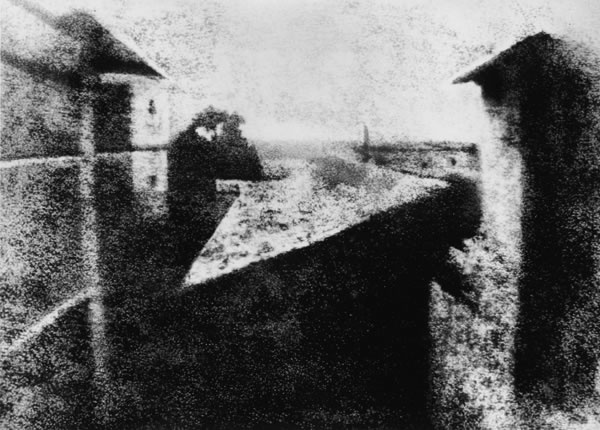RECAP: What is Considered Fine Art Photography?
Fine art photography, in short, is photography that is used as a tool for artistic expression. This can be in many ways through trying to capture a narrative, taking photographs with an aesthetic in mind, or experimenting with techniques and equipment for arts sake.
As a fine art photography gallery, we spend a lot of time discussing famous and emerging fine art photography, the art of fine art photography extends back further than you may expect Early examples of fine art photography can also be seen during times of conflict The tintype process used during the American Civil War was not only reserved for portraits. Many photographers both known and unknown created landscapes of the battlefields, major cities, and other facets of the war. While these photographs document a time and place, there is an expressive nature to them. Known as one of the most famous Civil War photographers and the father of photojournalism, Matthew Brady documented all aspects of the war. However, his photos were not simply representational photographs. There is careful consideration to composition, perspective, and subject; a hint towards something more expressive rather than representative.
The first fine art photography emerged in the Victorian era and examples can be seen through photographers from this time period.
If the start of fine art photography had to be defined in a person, Oscar Gustave Rejoinder could be considered as the father of fine art photography. We’ve gone a bit into this topic in this article, but here is an excerpt:
Who is the Father of Fine Art Photography?
While the early roots of the medium were defined with the need to capture and document, many photographers sought to use their practice as a form of self-expression. They drifted from the representational aspect of photography that was en vogue at the time and shifted their attention to photography as a tool akin to a painter’s brush. Fine art photography itself can be traced as early as the Victorian era of the United Kingdom, notably to artists such as Julia Margaret Cameron and Oscar Gustave Rejoinder amongst others.
Victorian era photographers created images that subverted the perceived “visual honesty” that was attached to the photographic medium at the time. The photographs of Julia Margaret Cameron were infused with spiritual imagery such as angel wings and foliage backgrounds that frame her human subjects as individuals that were part of a natural world. She posed her subjects in a manner that broke free from the stillness and rigidity that one typically thinks about when thinking of older photographs. While she did photograph mainly human subjects, her artistic practice took her a step away from normal portraiture. The earliest example of fine art photography is the two ways of life (1857) by Oscar Gustave Rejoinder, making him often considered the father of fine art photography. Oscar Gustave Rejoinder’s photographs placed the subject’s gaze away from the lens and towards something beyond. The poses his subjects take have a repetitiveness that echo the manner in which Johannes Vermeer would utilize the same window and poses for his own subjects. It is these subtle nuances and intentions that these photographers have chosen to take when making their work that set them apart from a normal photographic portraitist at the time.
Overall, as is the case with determining who is “the best fine art photographer”, there is no definitive answer to “who is the world’s best photographer”. Best is a term that is subjective. Each and every individual will have their own thoughts and opinions on what and who they deem is the best.
There have been many inventions of photography to revolutionize the medium. In short, since the advent of the photographic process through scientific innovation and breakthroughs by Nicéphore Niépce, Louis Daguerre, William Henry Fox Talbot, and George Eastman, photography has always had a presence within our daily lives. Photography’s popularity began to boost during the Industrial Revolution. With the daguerreotype process at its peak, society’s middle class fueled a demand for portrait photography. Soon after, the collodion process, especially the tintype, became the primary photographic method. The tintype had a pivotal role in documenting the American Civil War as well as the westward expansion of the United States. Ultimately, the invention of camera film by George Eastman in 1884 proved to be the pinnacle of analogue photography. The advent of a convenient and relatively inexpensive photographic process made photography itself accessible to the masses. This boost in accessibility and popularity would go on to spawn photography’s Modern Era.
There have been many types of fine art photography that have stemmed from the Modern era:
-
Portrait Photography
-
Staged Photography
-
Process-Focused Photography
-
Documentary/Street Photography
-
Commercial Photography
…and many more.

